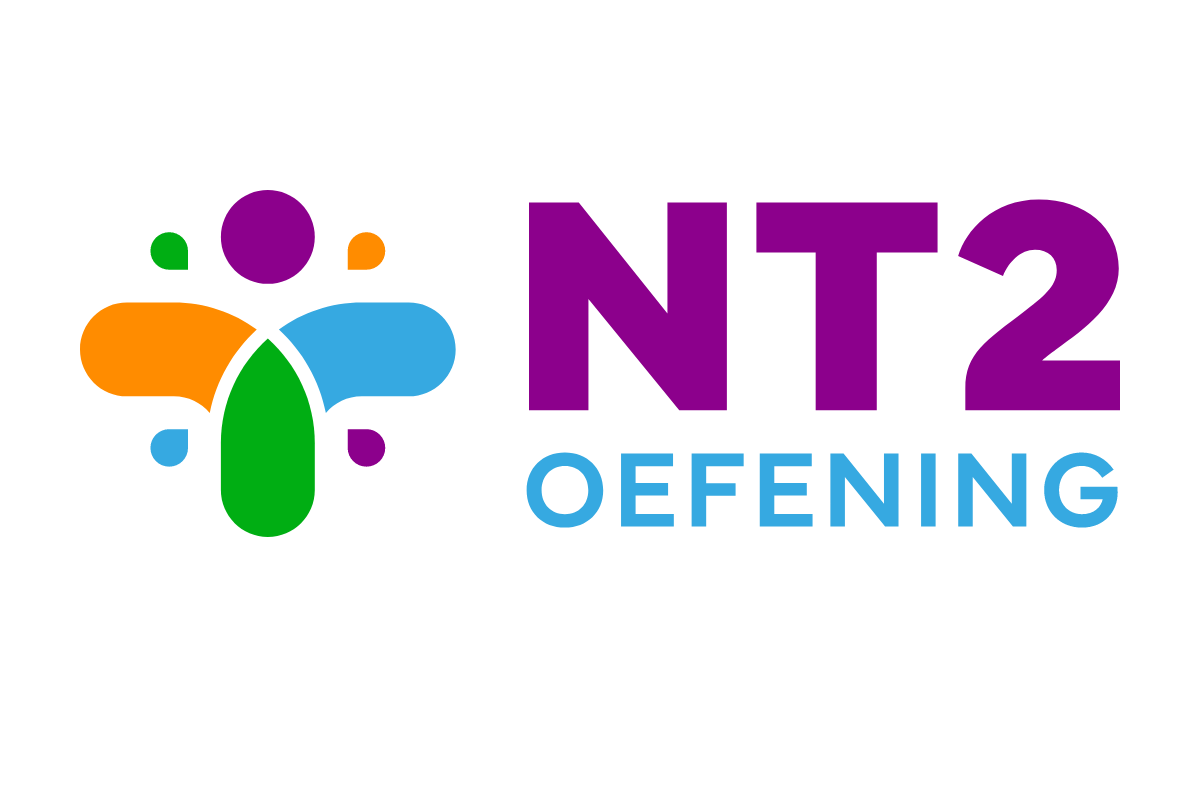When the answer is only available in written or spoken form, is it possible to give instant feedback?
Yes, it is! But it is not easy to develop if you are working in different languages instead of English. E-learning systems can use natural language processing and artificial intelligence techniques to analyze the learner’s responses in real time. So, they can provide instant feedback to e-learners in writing and speaking answers (We talked about personalized feedback in our previous article).
Our project nt2oefening.nl is one of the concrete examples of those. As Mysoly team, we are trying to give our testers instant feedback in Dutch instantly. And, it is a really hard task to do if you are doing this in Dutch! However, our development tests show that the results are better than our expectations.
When a learner writes an answer, the system can use natural language processing to identify common errors. These include a lot of errors such as grammar mistakes, spelling errors, and punctuation issues. Then, the system can provide instant feedback to the learner. It points out these errors. Moreover, it suggests corrections for these errors.
On the other hand, when a learner speaks an answer, the system can use speech recognition technology. So, it can transcribe the learner’s words and analyze their content. The system can then use natural language processing to identify errors or inconsistencies in the learner’s response. Therefore, it can provide instant feedback to help the learner improve their speaking skills.
Providing instant feedback to e-learners in writing and speaking answers can help learners to progress more quickly and effectively. Besides, it can make learning more engaging and enjoyable.
Limitations
One potential limitation is that it may not always be possible for the e-learning system to provide high-quality feedback. This is because natural language processing and artificial intelligence technologies are not perfect. So, they may not always be able to accurately analyze a learner’s responses. In some cases, the system may provide feedback that is incorrect, misleading, or unhelpful. As a result, this can hinder rather than help the learner’s progress.
Another potential limitation is that it may not always be feasible or practical to offer this type of support to learners. For example, if a learner is writing a lengthy or complex answer, it may not be possible for the e-learning system to provide instant feedback on every sentence or phrase. And, the system may need to prioritize feedback on the most important or challenging aspects of the learner’s response. Unfortunately, this may not provide the learner with the comprehensive support they need.
How can we minimize the limits and maximize the effectiveness?
It is not an easy question to answer but the technology has no limits! Especially if you are working in other languages like Dutch! In our project (NT2oefening.nl), we follow a long route to overcome those limitations mentioned above.
In order to overcome the limitations of providing instant feedback to e-learners in writing and speaking answers, it may be necessary to use a combination of different approaches and technologies. For example, rather than relying solely on natural language processing, we are using machine learning. Therefore we try to improve the model’s ability to provide high-quality feedback. For example, the system analyzes large amounts of data on learners’ responses and performance. So, it could learn to identify common errors and patterns in learners’ responses. And, it could use this knowledge to provide more accurate and effective feedback.
In order to overcome the limitations of providing instant feedback to e-learners, it may be necessary to adopt flexible and adaptive different approaches, using a range of technologies and methods to provide learners with the support and guidance they need to succeed and that is what we are doing as Mysoly.
See you in our next part!
Follow us on social media!

